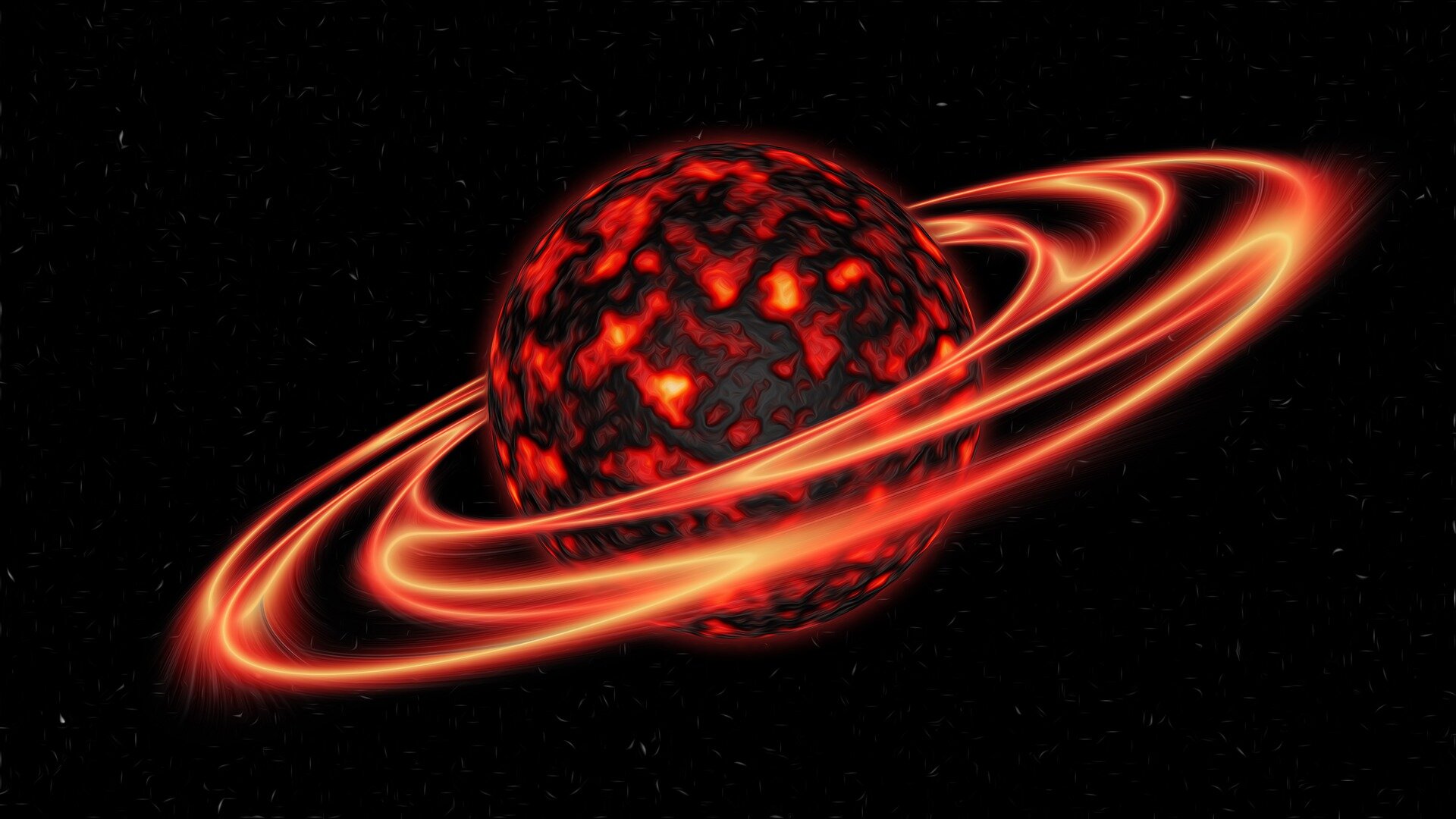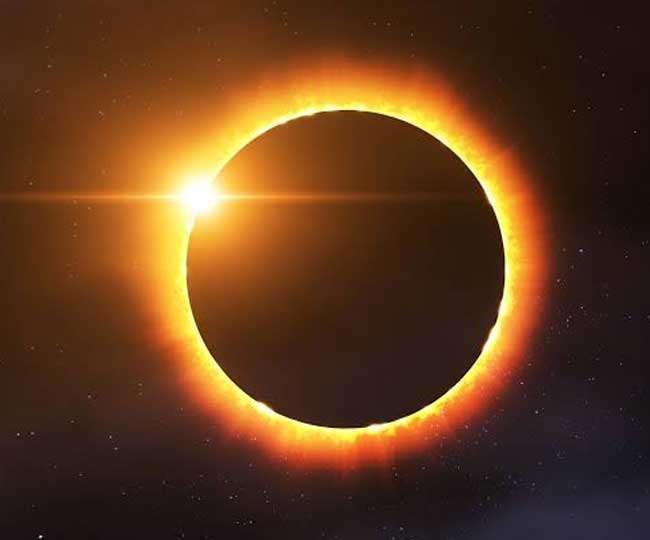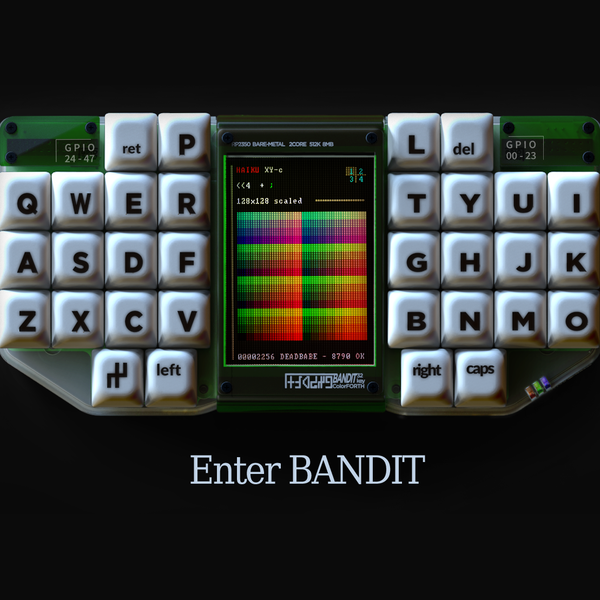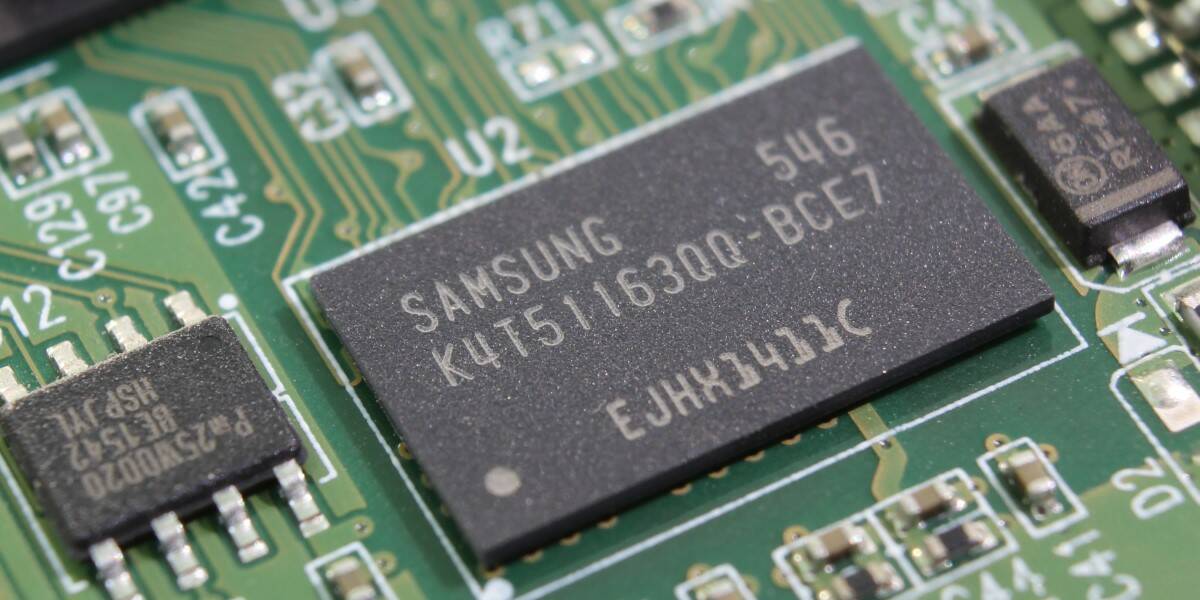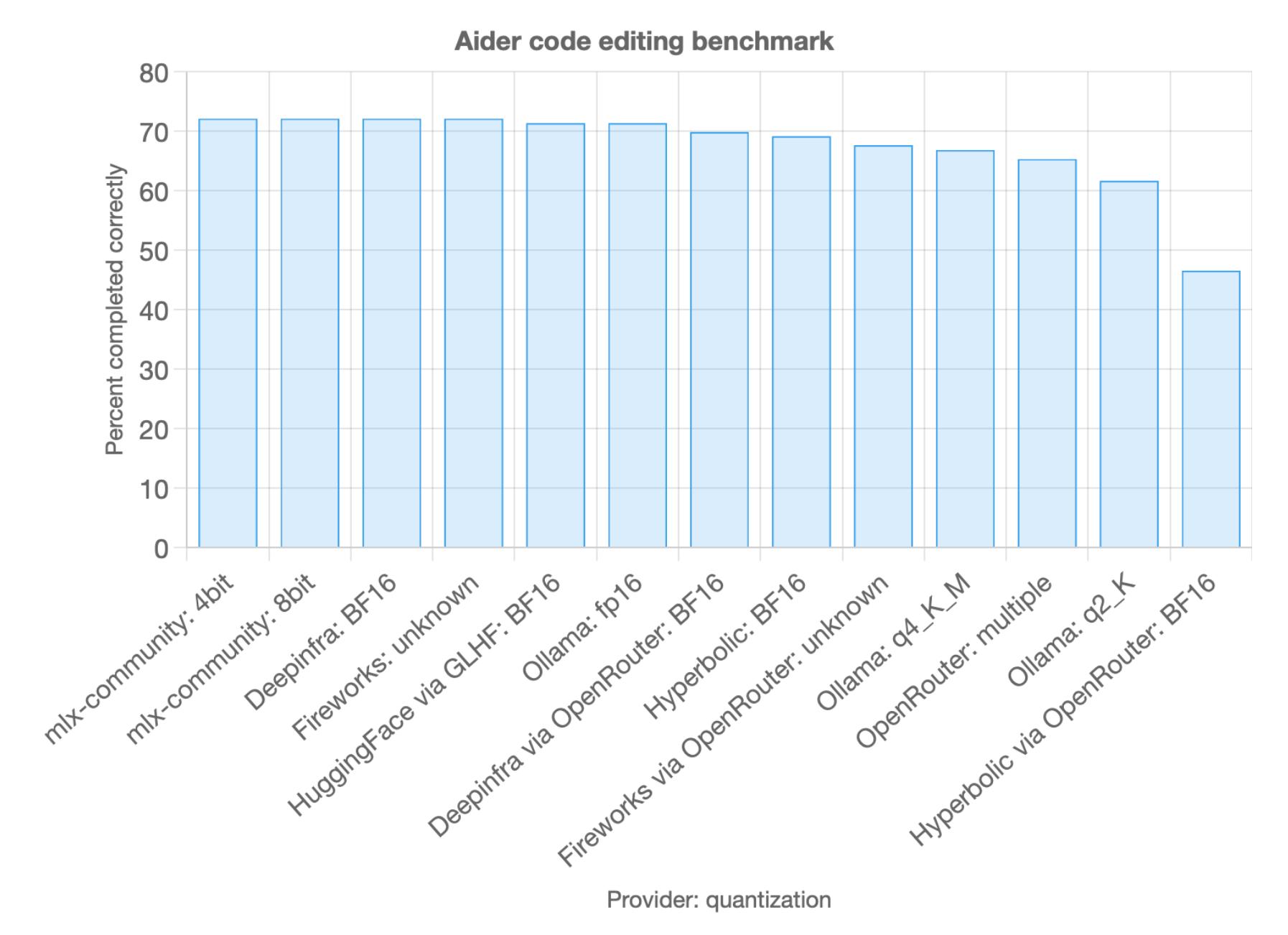![Sun dog - Wikipedia A sun dog (or sundog) or mock sun, also called a parhelion[ 1] (plural parhelia) in atmospheric science, is an atmospheric optical phenomenon](https://upload.wikimedia.org/wikipedia/commons/thumb/8/88/Fargo_Sundogs_2_18_09.jpg/1200px-Fargo_Sundogs_2_18_09.jpg)
Sun dog - Wikipedia
A sun dog (or sundog) or mock sun, also called a parhelion[ 1] (plural parhelia) in atmospheric science, is an atmospheric optical phenomenon that consists of a bright spot to one or both sides of the Sun. Two sun dogs often flank the Sun within a 22° halo.
The sun dog is a member of the family of halos caused by the refraction of sunlight by ice crystals in the atmosphere. Sun dogs typically appear as a pair of subtly colored patches of light, around 22° to the left and right of the Sun, and at the same altitude above the horizon as the Sun. They can be seen anywhere in the world during any season, but are not always obvious or bright. Sun dogs are best seen and most conspicuous when the Sun is near the horizon.
Sun dogs are commonly caused by the refraction and scattering of light from horizontally oriented[ 2] plate-shaped hexagonal ice crystals either suspended in high and cold cirrus or cirrostratus clouds, or drifting in freezing moist air at low levels as diamond dust.[ 3] The crystals act as prisms, bending the light rays passing through them with a minimum deflection of 22°. As the crystals gently float downwards with their large hexagonal faces almost horizontal, sunlight is refracted horizontally, and sun dogs are seen to the left and right of the Sun. Larger plates wobble more, and thus produce taller sun dogs.[ 4]
Sun dogs are red-colored at the side nearest the Sun; farther out the colors grade through oranges to blue. The colors overlap considerably and are muted, never pure or saturated.[ 5] The colors of the sun dog finally merge into the white of the parhelic circle (if the latter is visible).[ 6]





